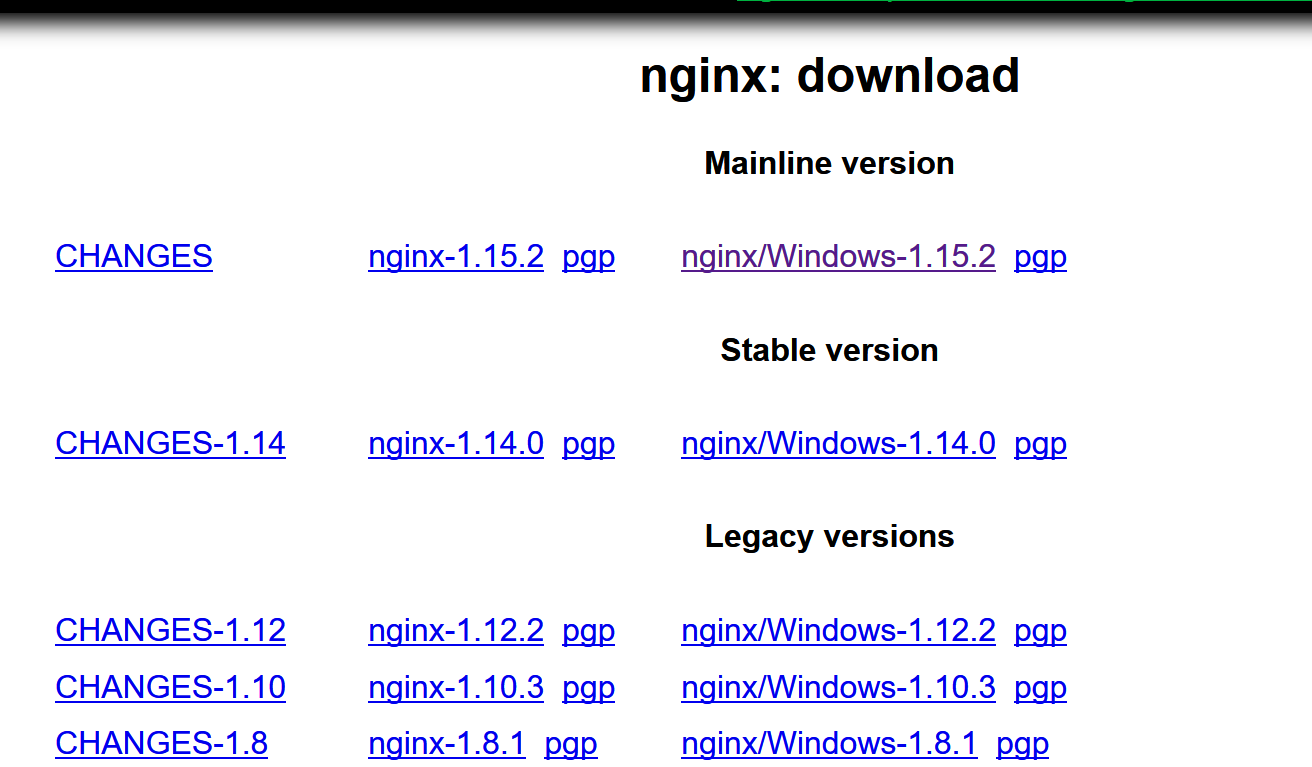Installing Nignx as a Service on Windows
Setting up Nginx on Windows is a straightforward endeavor. Unfortunately the information on how to do it end to end is not exactly in one spot, but actually sprinkled throughout the internet. So here we go, let’s put it all together.
Installing Nginx
-
Download the binary from the Nginx website. This is what the website looks like today and the latest version is 1.15.2.
Continue Reading